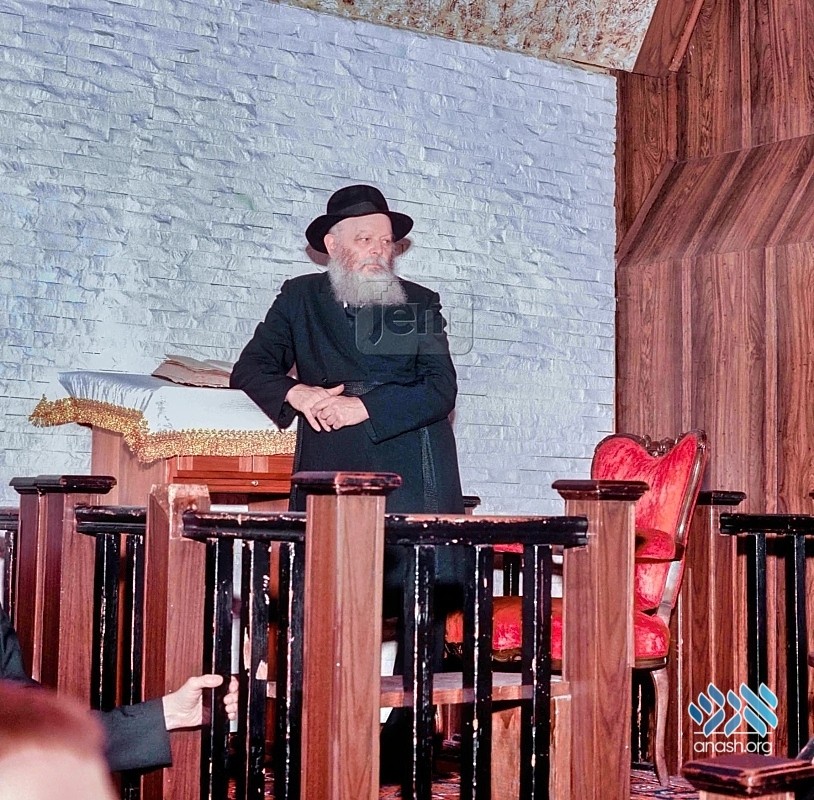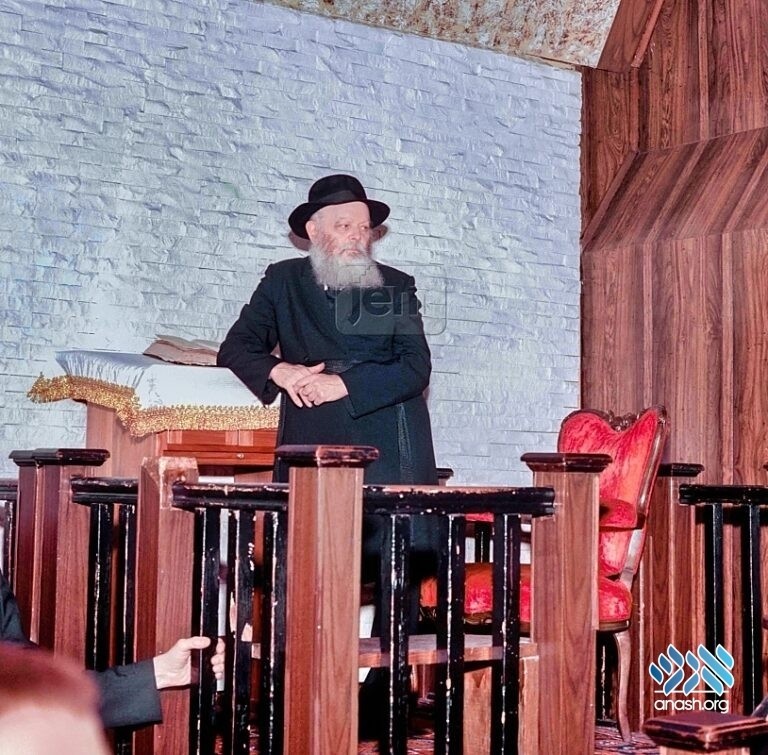ג׳ אב ה׳תשפ״ג | July 21, 2023
The Rebbe Described to Him What ‘Olam Haba’ Looks Like
When Naftali Deutsch of Los Angeles asked in yechidus how to share Yiddishkeit with people of different backgrounds, the Rebbe advised him to take into account the audience’s mindset. As an example, the Rebbe explained how to describe Olam Haba.

When Naftali Deutsch of Los Angeles asked in yechidus how to share Yiddishkeit with people of different backgrounds, the Rebbe advised him to take into account the audience’s mindset. As an example, the Rebbe explained how to describe Olam Haba.
At a yechidus of Mr. Naftali Deutsch of Los Angeles, the discussion moved to various clashes between secular culture and Yiddishkeit, and how to share Yiddishkeit with people of different backgrounds.
“It is important to take into account the mindset of the audience,” said the Rebbe.
As an example, the Rebbe directed him on how to discuss the concept of Olam Haba, the place of ultimate good:
When speaking to a poor person, who doesn’t always have enough to eat, we could describe Olam Haba as a place where ripe fruits and freshly baked goods are freely available. When speaking to artists or musicians, we might describe Olam Haba as full of masterworks. But when speaking to university-educated scientists, we should describe Olam Haba as a place where all the secrets of the wonders of the universe are revealed.
“And how do we describe Olam Haba to a tzadik?” Mr. Deutsch asked.
The Rebbe responded, “To him, you don’t need to say anything – he already knows.”
From The Weekly Farbrengen by Merkaz Anash


We appreciate your feedback. If you have any additional information to contribute to this article, it will be added below.